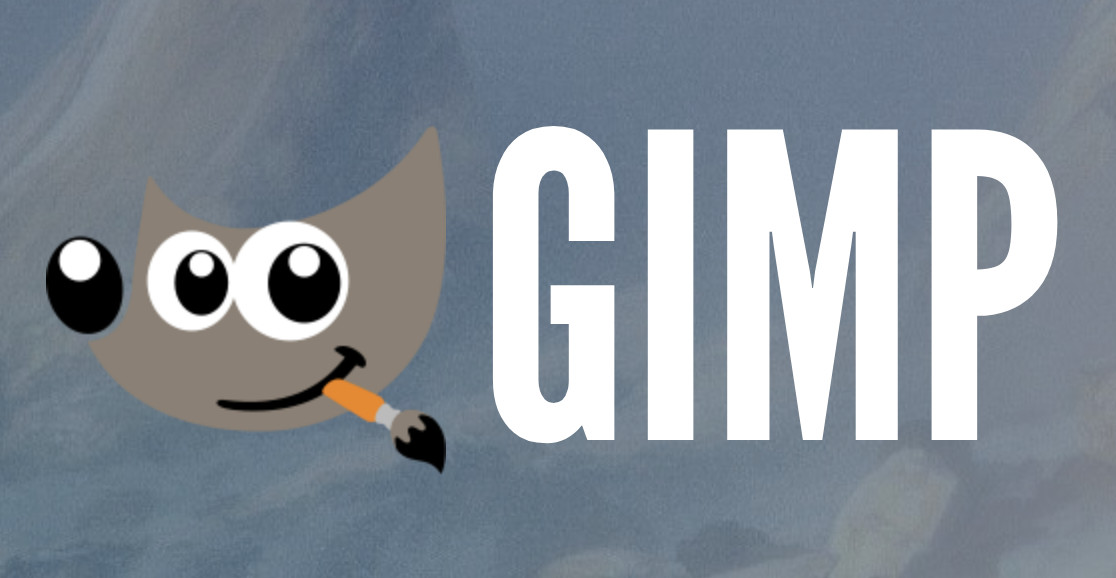Visuals!
That may sound like a strange mix at first — but it’s absolutely essential for this project.
Images
All illustrations and visuals throughout the blog were created or edited using GIMP. You’ll even find the original .xcf Titles_and_Sections.xcf in the documentation, folder on GitHub. A basic understanding of image editing is always helpful — especially when creating technical documentation or annotating diagrams.

Videos
Some things are hard to explain with static images alone — especially when demonstrating animations, progress over time, or interactive UI behavior.
To handle this, I use clipchamp — a surprisingly good online tool (yes, it’s from Microsoft!) that lets you combine visuals, sound, and subtitles. It’s simple, intuitive, and free for solo developers. Just works.
TrueType Fonts
Wait… fonts? Why fonts?
In prototyping we simulate LCD screens in software (JavaFX) to test UI components and concepts without physical hardware. My first idea was to use a ready-made TrueType LCD-style font, brilliant for prototyping, or so I thought… Until I remembered those user defined characters on real LCDs. To simulate those missing custom characters, I used glyphr studio to modify and extend the font, and fontdrop to inspect and verify the changes.

UML
We don’t use UML in this project — but as a developer, you should still know what it is. Why? Because UML (Unified Modeling Language) is often the “language” your customers, product owners, or managers will speak — or at least think developers speak. It’s like the Esperanto of software architecture: not perfect, but widely recognized. If you ever need to whip up a quick diagram (to communicate an idea, explain a process, or impress someone in a meeting), try a text to diagram approach with plantum.
And for inspiration or ready-made examples, check out this collection of UML diagrams.